Home Inspection Checklist
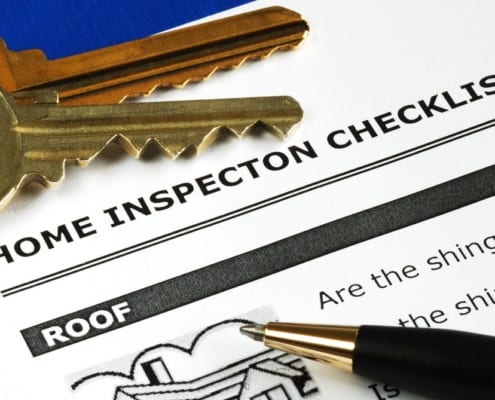

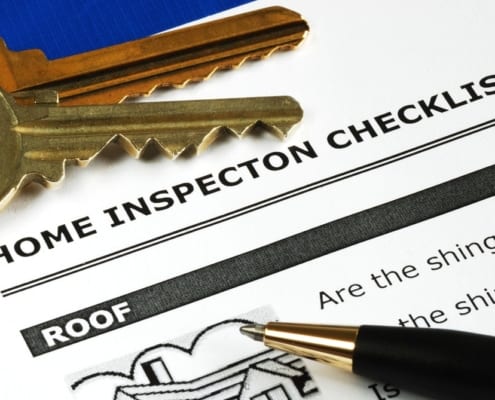
One of the most important parts of buying a home is having a comprehensive home inspection done. Without one, you could end up buying a money pit and paying thousands of dollars on repairs, or worse - purchasing a house that is unsafe due to foundation issues, water damage, or even asbestos and lead.
In this home inspection checklist, we’ll discuss each element of a home that must be inspected, to give you more insight on the process of a professional home inspection.
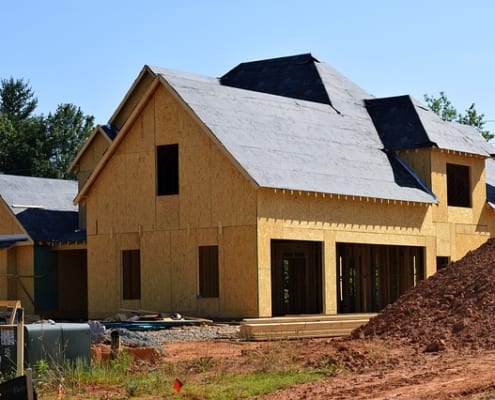
Your home inspector will examine the foundation for cracking and shifting, and check to make sure that water is draining away properly from the foundation. Foundation issues are extremely expensive to fix, so a comprehensive foundation inspection is crucial to steer clear of any unexpected expenses.

The inspector will examine the lot for proper grading and drainage. The inspector will also assess the quality of any walkways and driveways.

The exterior siding, windows, doors, and other elements will be examined by the home inspector to determine their overall wear and condition.
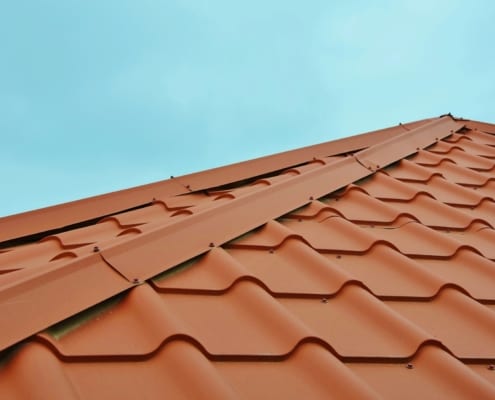
The inspector will examine the roof for damaged shingles and flashing, signs of water damage, and overall integrity. Roof repairs and replacements can be quite expensive, so a thorough roof inspection is absolutely essential to avoid surprise costs.
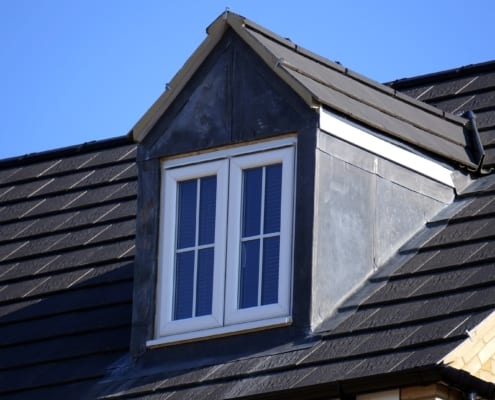
The attic is inspected to ensure that it is properly ventilated and insulated. Attic inspections also are a good opportunity to look for water damage that may be caused by roof issues.

The interior of the home will be examined, including wall outlets, lighting fixtures, walls, doors, and all other such surfaces and areas.
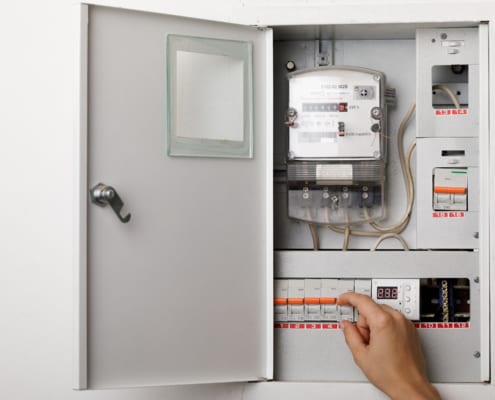
The home inspector will make sure that all electrical outlets, switches, and lighting fixtures work. They will also examine the fuse box, wiring systems, and other electrical systems to ensure that they are up to code, and safe.
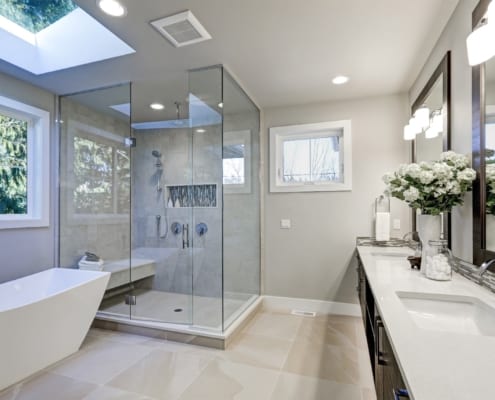
The functionality of the plumbing systems will be checked, including water pressure, hot and cold water, and functionality of all sinks, bathtubs, showers, and other systems. Pipes, water heaters, and other plumbing systems will be examined for quality, signs of wear, leaks, and other potential issues.
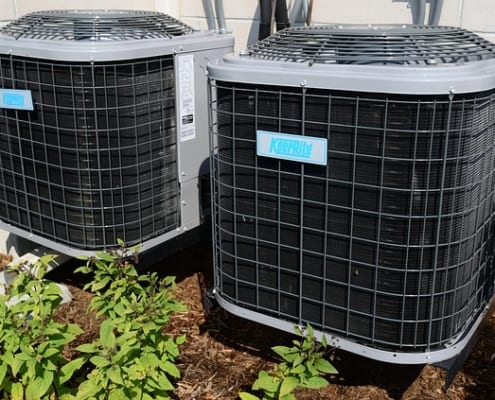
The entire HVAC system will be tested. The furnace will be examined for integrity, and problems like cracks or wear and tear that may indicate it needs replacement. Air ducts and air conditioning systems will also be examined and tested.
Now that you know all of the specific parts of the home that will be checked, it will be easy for you to be on the same page as your home inspector – before, during, and after the inspection!